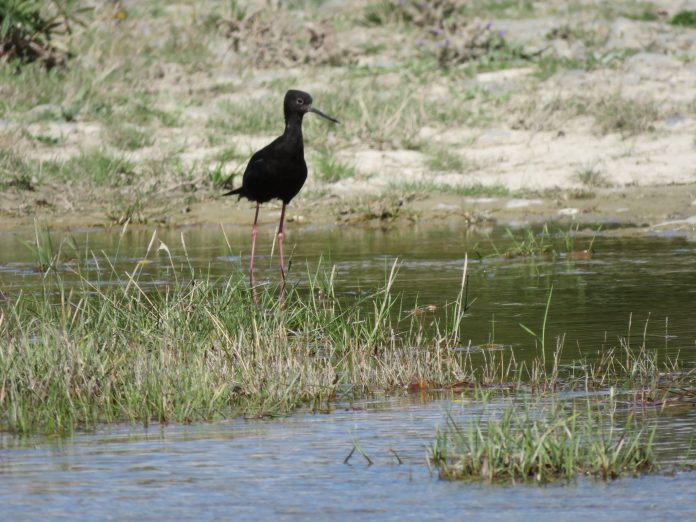
Voice for nature with Ines Stager:
Forest & Bird’s Bird of the Year campaign has been a popular contest since its inception in 2005.
It was set up to raise the awareness for our native wildlife, their habitats, and threats they face.
The winner of the first year was the tūī.
To date, the kākāpō has been the only bird to have won the contest twice, in 2008 and again in 2020.
The most controversial winner was pekapeka tou-roa, the long-tailed bat, in 2021.
This ruffled more than a few feathers.
Even though many birders were upset about the inclusion of the only flying mammal in the contest, the win was very effective, as it raised the bat’s profile no end.
We experienced it first hand, through increased inquiries from people to find out where they could view this mammal and greater attendance numbers at the public viewings at Talbot Forest Scenic Reserve.
Some people made a special trip to Geraldine, hoping to see the only native land mammal in New Zealand.
The interest in the species is ongoing and so is the research of this somewhat cryptic species.
This year, in the 100th anniversary of Forest & Bird, the polls are open to vote for the Bird of the Century.
Tragically, many of New Zealand’s native species are in danger of becoming extinct, so they need all the recognition they can get.
Five extinct birds are included in the contest: huia, New Zealand thrush (piopio), laughing owl (whēkau), South Island snipe (tutukiwi) and bush wren (mātuhituhi).
One of the birds that stands out is a local, the black stilt, or kakī.
Once common all over New Zealand, they are now confined to the Mackenzie Basin.
Until the 1920s, it wasn’t illegal to hunt this species, and by then it was gone from much of the country.
Very little was known about these wading birds until Ray Pierce started his PhD on them in 1977.
Through his observations, it became clear that introduced predators were the main reason for the decline in numbers.
While annual population counts were conducted by the Wildlife Service, little funding was available for the protection of the habitat. It was then that Forest & Bird and the South Canterbury branch raised funds and helped with practical protection. Members helped install pest-exclusion fences.
Here is the profile for the campaign run by Te Manahuna Aoraki Project, a large-scale conservation partnership focused on protecting and revitalising a vast mainland island in the Upper Mackenzie Basin and Aoraki Mount Cook National Park so native animals and plants can thrive: Staunch, fierce, rare and beautiful, kakī exemplify the qualities of true New Zealanders.
Once common and widespread throughout most of New Zealand, these long-legged charmers are now only found in the braided river habitats of the Mackenzie Basin.
The black stilt was on the brink of extinction by the 1980s, when only 23 birds were left in the wild. That number has slowly increased to about 170 today.
Here is your chance to support a local. Vote for kakī, to raise the profile of this longlegged wader.

Voting closes on Sunday, November 12 at 5pm.
Go to birdoftheyear.org.nz.
Ines Stager is a landscape architect based in Geraldine, and a committee member of the local branch of the Royal Forest & Bird Protection Society.




